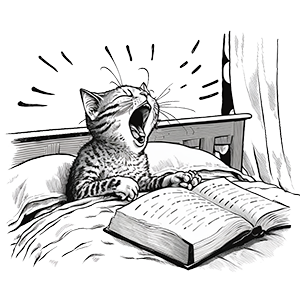2025-July 🏖️ Happy Summer! 🌭
Hey look! New puzzles and tutorials!
- 📱 Kropki (Tutorial)
- 📱 Train Tracks (Tutorial)
- 📱 Vermicelli (Tutorial)
- 📱 (soup) Dumplings
- 📱 Limesweeper (that classic casual game)
- 🖨️ Sudoku (4 new volumes)
- 📱 Sudoku (4 new volumes)
- 📱 Binox (2 new volumes)
- 🖨️ Killer Sudoku (2 new volumes)
- 🖨️ Bridges (3 new volumes)
- 🖨️ Tracks (2 new volumes)
- How do I make the puzzles?
Enjoy!

Ripple Effect Puzzles by KrazyDad
Here are hundreds of free Ripple Effect puzzles suitable for printing.
Ripple Effect was originally published in Japan by Nikoli. The puzzle is a sophisticated variation of Suguru, which was invented by Naoki Inaba, a very prolific puzzle designer. These puzzles have very simple instructions, but a very wide spectrum of difficulties, ranging from easy to insanely challenging.
Ripple Effect puzzles are quite different than Sudoku, and a bit different from Suguru, so you'll want to read these rules carefully.
You'll see that the grid is subdivided into containers or cages, anywhere from 1 to 9 cells in size. You need to fill each cage with unique digits, counting up from 1. So for example a 2-cell cage contains the numbers 1 and 2. A 5-square cage contains all the numbers from 1 to 5. If two identical numbers appear in the same row or column, at least that many cells must separate them. For example, if two 3s appear in the same column, they must be separated by at least three other cells that do not contain 3. This unique ajacency rule gives the puzzles their unique cascading character, hence the name "Ripple Effect." Note that unlike Suguru, diagonal adjacency is always allowed.
Each collection is ordered by difficulty, with the easiest puzzles in Book 1, and the hardest in Book 100. If you are new to these puzzles, I recommend you start with Easy, Book 1. If you find the puzzles are getting too hard, move up to Book #1 of the next volume, and they'll get easier again.
Want to save some trees? Try the online version of these puzzles.
SPECIAL THANKS to programmer Phil Bordelon, who originally requested these puzzles and provided significant help in analyzing and debugging them.
-
Easy 7x7 Puzzles, 4-per-page
Easy 7x7 Ripple Effect Puzzles, Volume 1
Easy 7x7 Ripple Effect Puzzles, Volume 2
-
Challenging 8x8 Puzzles, 4-per-page
Challenging 8x8 Ripple Effect Puzzles, Volume 1
Challenging 8x8 Ripple Effect Puzzles, Volume 2
-
Tough 8x8 Puzzles, 4-per-page
Tough 8x8 Ripple Effect Puzzles, Volume 1
Tough 8x8 Ripple Effect Puzzles, Volume 2
-
Super-Tough 10x10 Puzzles, 4-per-page
Super-Tough 10x10 Ripple Effect Puzzles, Volume 1
Super-Tough 10x10 Ripple Effect Puzzles, Volume 2
Don't see the format you prefer? Run out of puzzles? Let me know!



